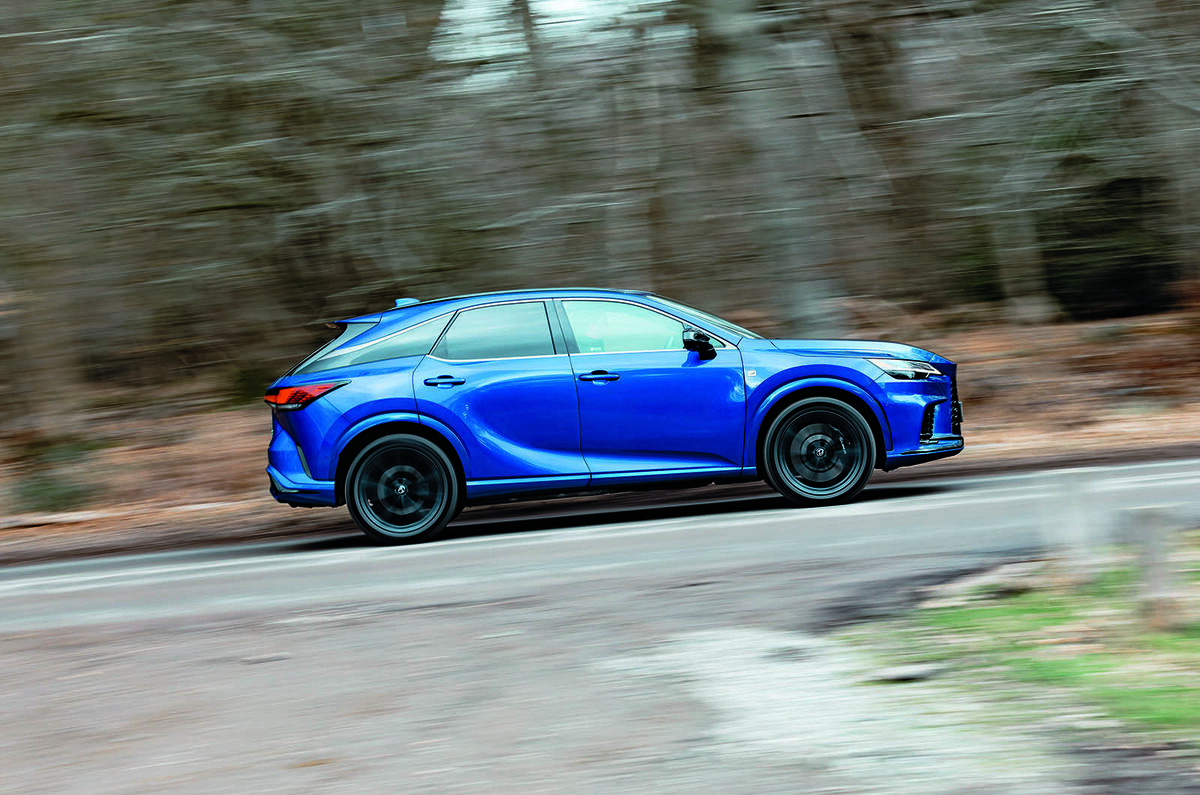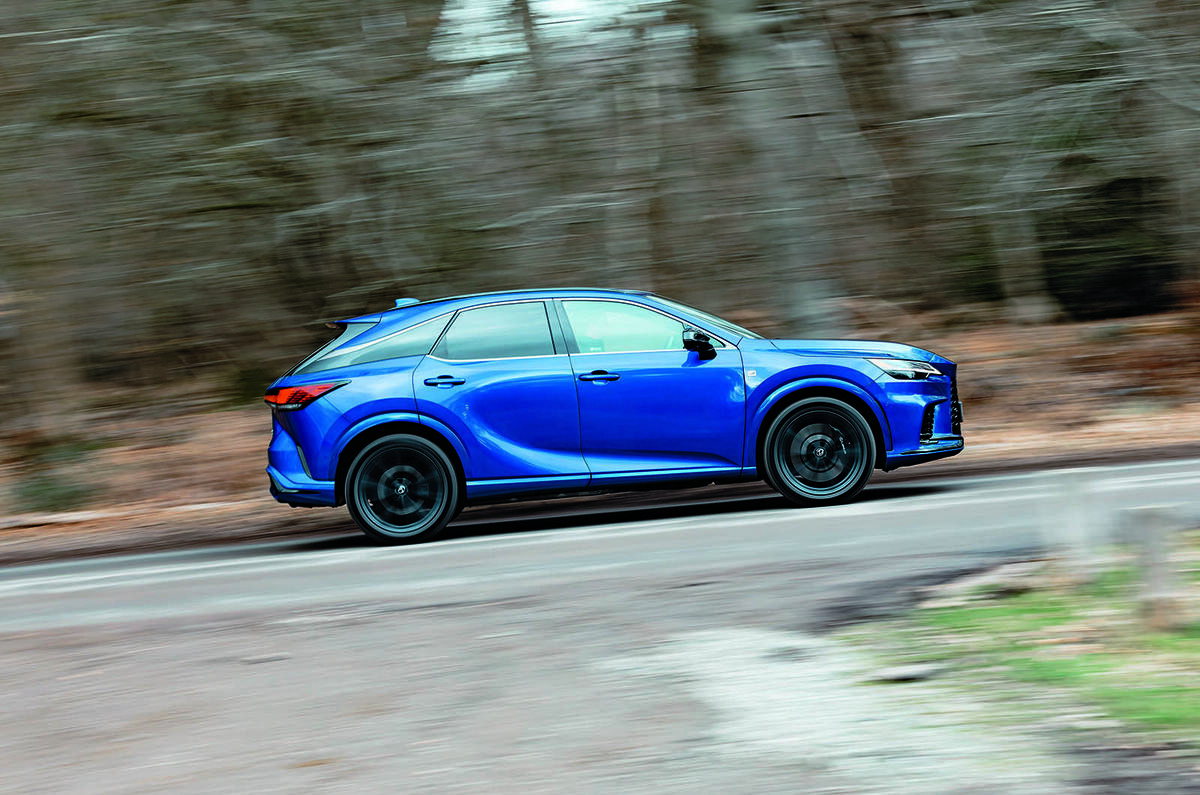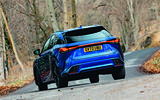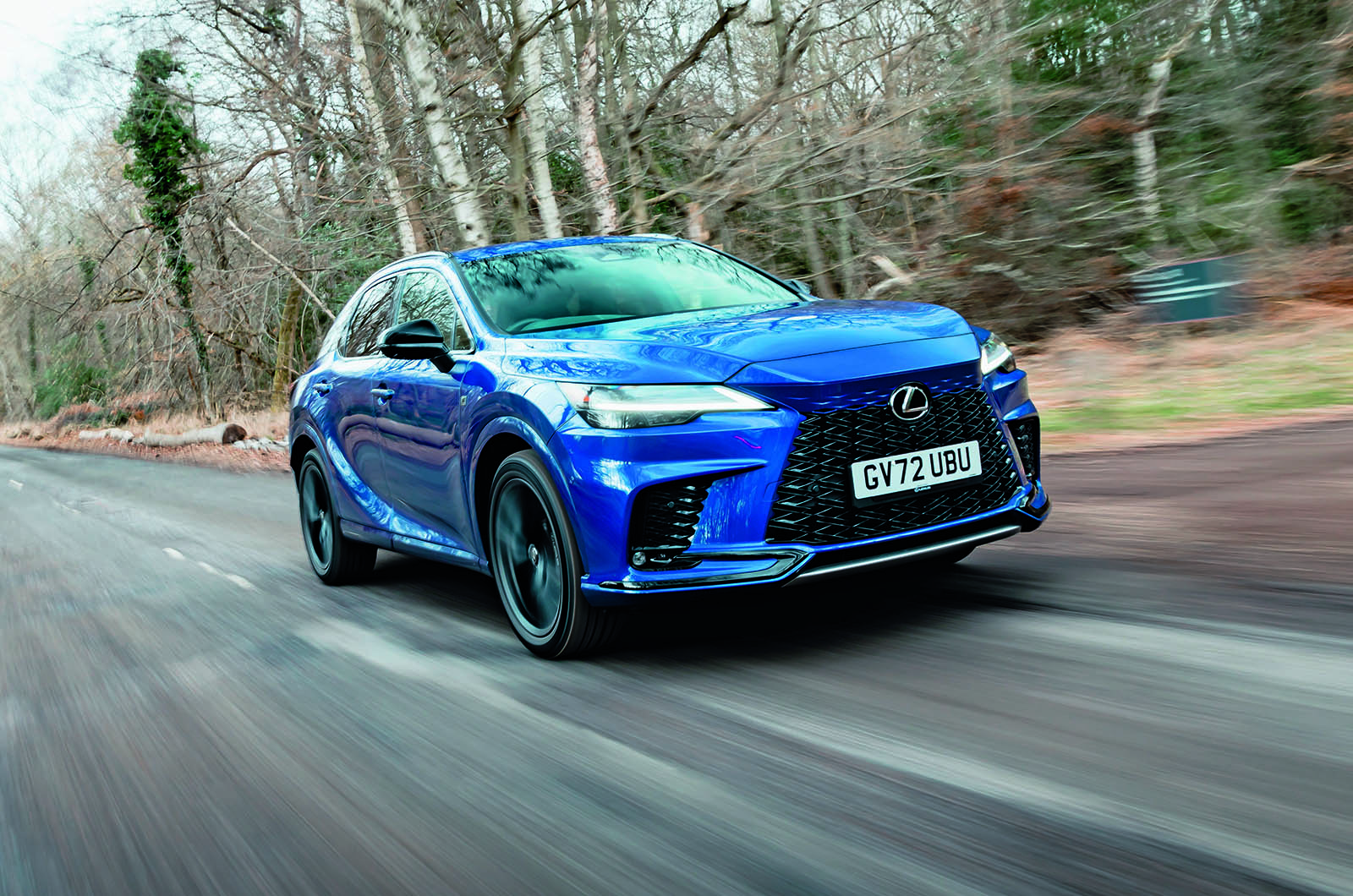Car marques like Lexus haven’t typically been around long enough to have been involved in the conception of many current vehicle types – but, with the Lexus RX luxury SUV, Toyota’s premium brand does claim to have been something of a pioneer.
When the first-generation Lexus RX was launched in 1998, what would become known as the luxury SUV market really only had ladder frame cars within it: the P38A Range Rover, the Mercedes M-Class and, in North America, the Lincoln Navigator. With its monocoque chassis and choice of either front- or four-wheel drive, however, the RX demonstrated how much bulk could be saved by adopting a more car-like construction. Later, in 2005, the RX also brought hybrid power to the class. In both senses, it has been one of the luxury SUV’s greater modernising influences.
And now entering its fifth model generation, the RX is branching out. The V6 petrol engines that powered the car previously have been discarded, and new and more efficient four-cylinder units brought in. More interesting still, though, are the arrival of two all-new RX derivatives to sit alongside the familiar ‘self-charging’ petrol hybrid. The RX 450h+ plug-in hybrid is the one most will have seen coming, Lexus adopting and refining powertrain technology from the likes of the Toyota RAV4 PHEV.
But the RX 500h is a Lexus like none we have seen before. It mates a turbocharged petrol engine with a six-speed automatic gearbox, discarding the CVT-style power splitter transmission that both Toyota and Lexus hybrids have always used, and adds a new torque-vectoring electric rear axle too.
The RX 500h represents the first time that any Toyota or Lexus hybrid has prioritised either performance or driver engagement over outright efficiency, or sought to foster a deeper connection between driver and car.




















































